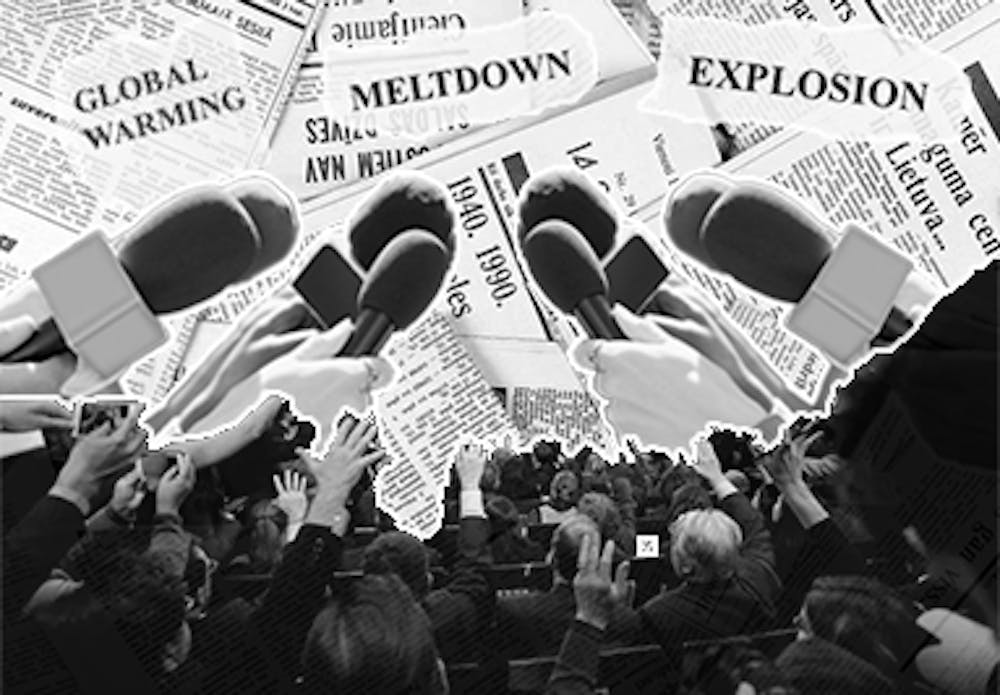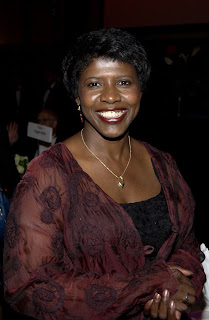Sharing journalism history is important, not only for writers, but also for the public as to know where their media came from. As our class shared their journalism presentations, I was reminded of that fact. After hearing what everyone had to say, the presentation that interested me the most focused on the Penny Press and its effect and overlap with Yellow Journalism. Both developments displayed the impact that a few small materials and dramatic words had on the world.
Being sold for one cent, the penny press became a new and innovative way to print and spread news in the United States in 1833. It allowed for Press Barons to sell their newspapers for a cheaper price, all while gaining loyal readers through subscriptions. This payment method allowed for people in the working class to have more access to a reputable news source.
The price of the Penny Press was not the only feature that made it attractive, it was the use of Yellow Journalism in each edition that truly captivated their readers. This form of journalism valued sensationalism and emotion over facts, playing on the readers sensibilities and want to be socially aware. Articles about human interest pieces, local news, crime, scandals, gossip, and other captivating events were published. In summation, propaganda became popularized and more widespread at this time.
Although seemingly harmless on a small scale, the rise of yellow journalism added major fuel to the fire of intense international issues, the Spanish-American War being one of them. Newspapers, including William Randolph Hearst’s New York Journal, in the late 1890s, published instigating articles in response to a U.S. navy ship being sunk. These articles insinuated that Spain was behind the atrocity, even though that had not been proven. Ultimately, this would be a major catalyst for the U.S. going to war with Spain.
From the Penny Press till present day, journalism has continued to utilize human emotion and attention to gain viewership. Today, we see yellow journalism everywhere. From digital news headlines, to verbal remarks made from news anchors to click-bait on informational videos. It is a staple for our media. However, the question remains on whether yellow journalism is a step in the right direction or an infiltrator in accurate media.




No comments:
Post a Comment